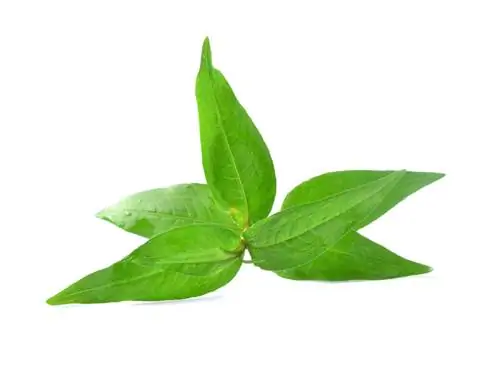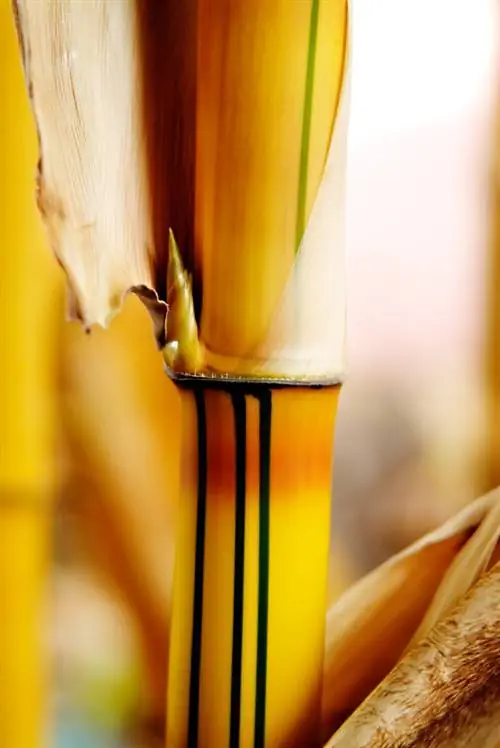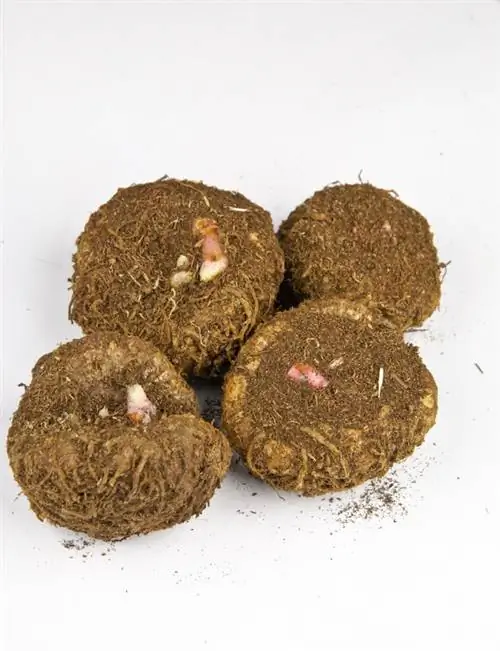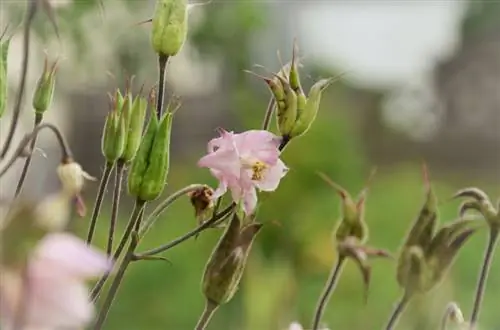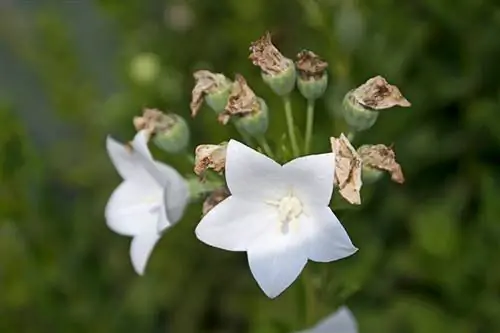- Author admin [email protected].
- Public 2023-12-16 16:46.
- Last modified 2025-01-23 11:20.
Not all knotweeds are the same: The plant family of the genus Persicaria includes around 30 different species, of which the most important for the home garden are the knotweed (Fallopia baldschuanica) and the carpet-forming garden knotweed (Bistorta affinis) in many different varieties interest is. Both species can be propagated in a similar way.
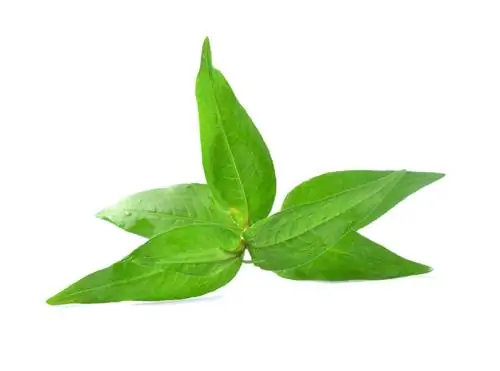
How to propagate knotweed?
Knotweed is easy to propagate via seeds or cuttings. Sowing takes place in spring, while cuttings can be taken in summer and winter. Cuttings are propagated by cutting a 10-15 cm long herbaceous cutting and rooting in potting soil.
Propagation of various types of knotweeds
Both types of knotweed can be propagated quite easily via seeds and cuttings. While sowing is always carried out in spring, propagation takes place via cuttings in both summer and winter. Summer cuttings should be herbaceous and not yet woody; they are best grown outside. In winter, use woody cuttings instead, which are rooted in a warm place and finally planted out in spring. Propagation via division, on the other hand, usually only works with the ground cover knotweed. The best time for this is spring.
Remove creeping knotweed
Basically, digging up and moving larger orIt is certainly possible with older specimens, but this is made more difficult by the roots, which can reach up to three meters deep. The plant must be dug up very generously to damage as few roots as possible. The above-ground plant parts, on the other hand, can be radically cut down - and they have to be, otherwise you wouldn't be able to transport the monster. Sometimes division by so-called root cuttings is also possible.
Propagation of knotweed cuttings
However, vegetative propagation is probably easiest via cuttings. The following approach has proven successful:
- Cut a herbaceous cutting about 10 to 15 centimeters long.
- Use a sharp and clean knife.
- The best time for this is early summer, as the plant then takes root more easily.
- The interface should be as slanted as possible to make it easier for the plant to absorb water.
- Remove all but the top two leaves.
- Any flowers are also removed - they rob the cutting of the energy for root formation.
- Mix two thirds of potting soil with one third of sand.
- Dip the cut site into a rooting powder (€13.00 on Amazon).
- Plant the cutting about one centimeter deep.
- Keep the substrate evenly moist.
- Place a perforated plastic bag or mason jar over the cutting.
- Ventilate several times a day.
- Place the pot in a warm and bright place.
- However, avoid direct sun.
Tip
As soon as the cutting has formed roots, it will develop new leaves and can then be planted immediately in its intended location.

